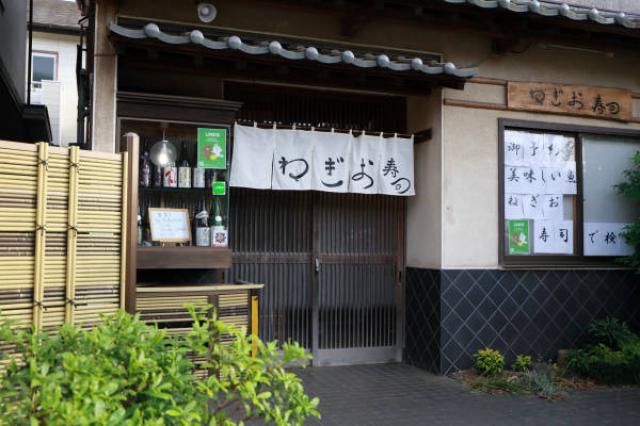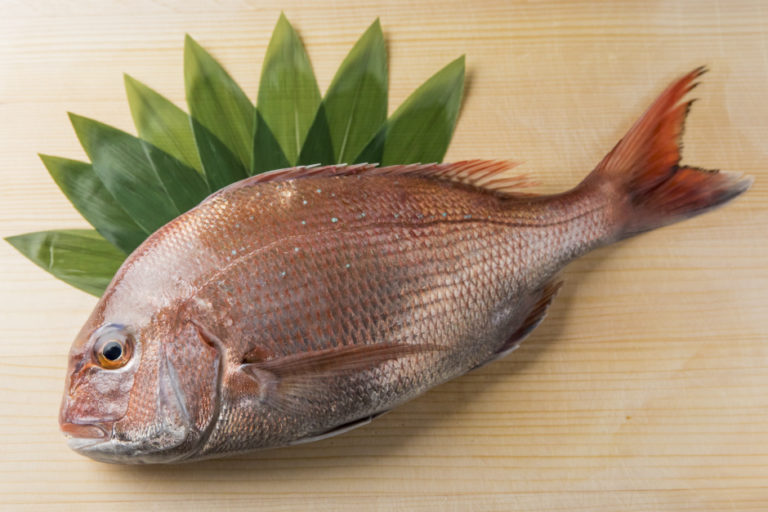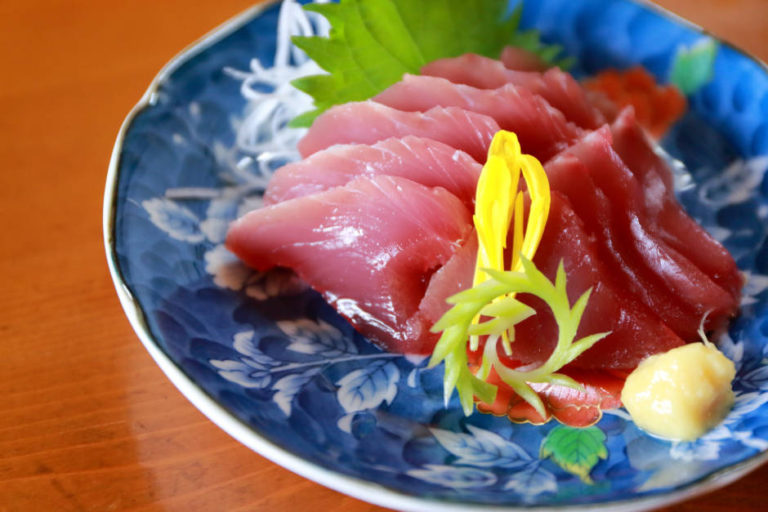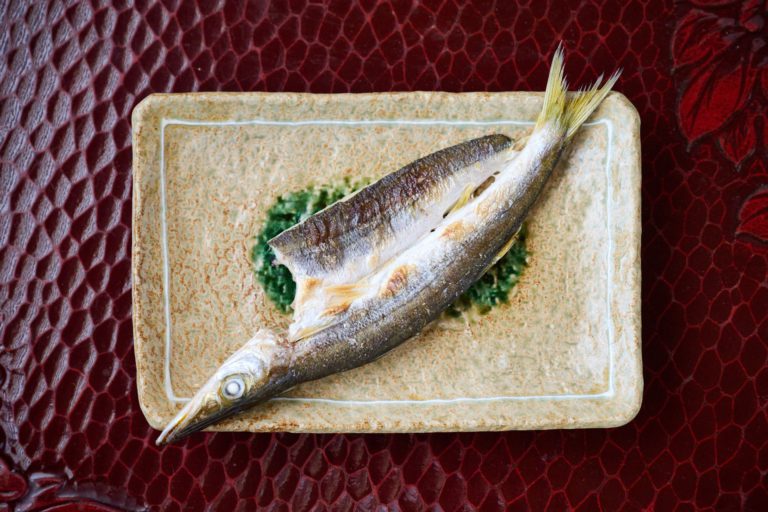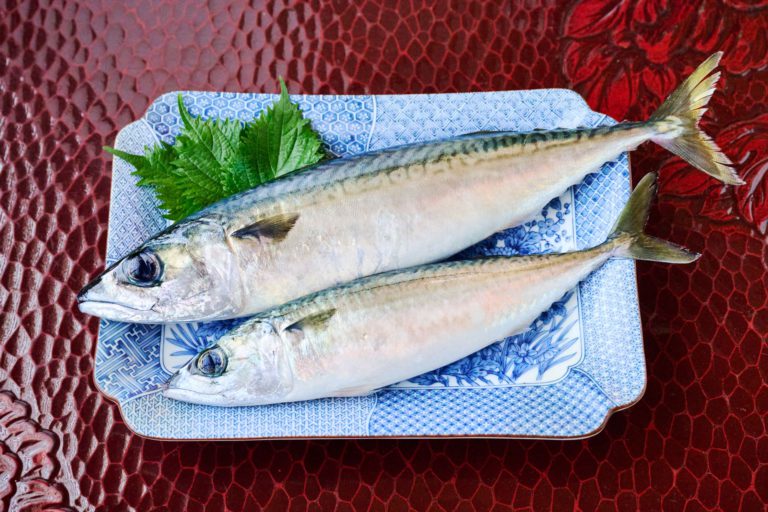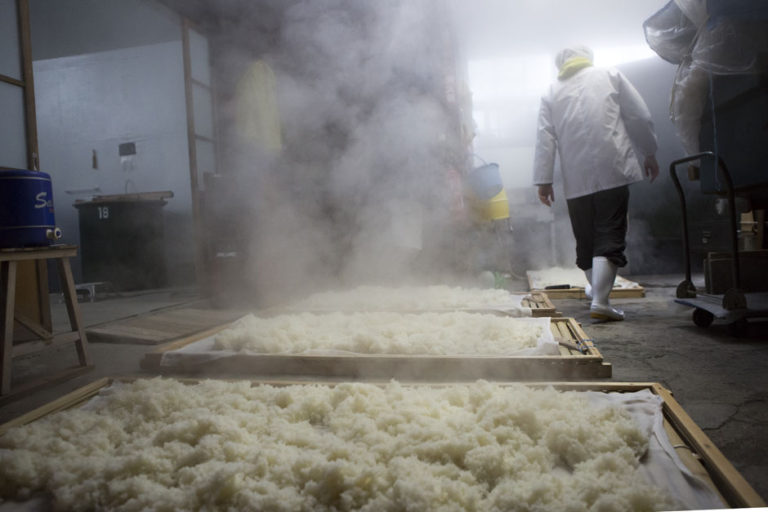The In-Season Fish, Aji (Horse Mackerel)
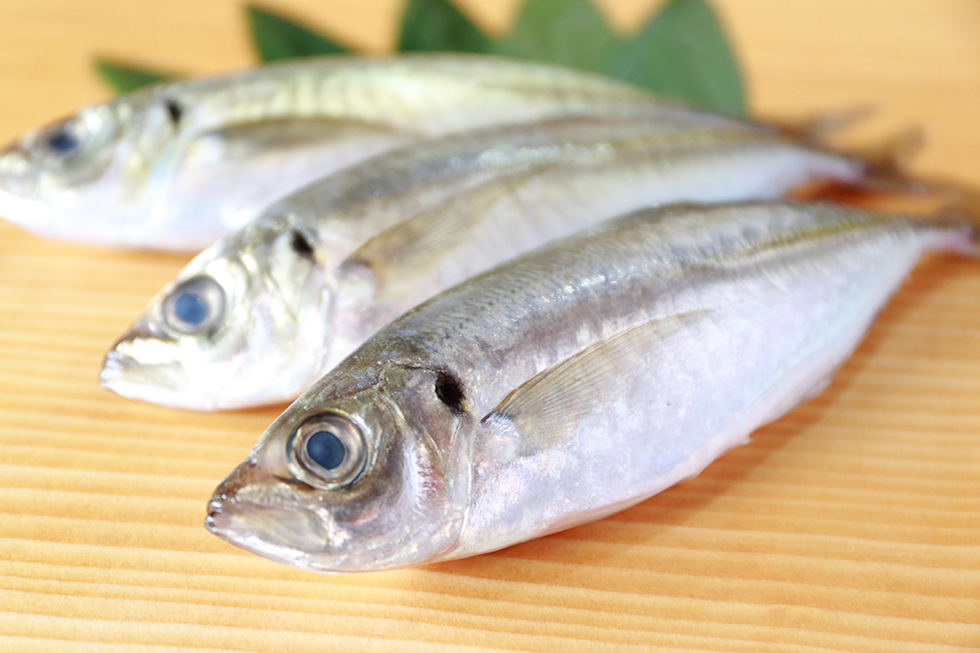
Aji characteristics according to area
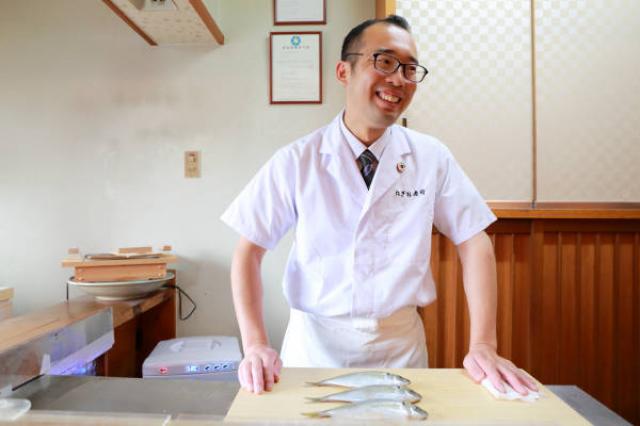
Aji can be seen at supermarkets and fish markets all year round. Aji is often enjoyed as sashimi from early summer to mid-summer. However, when the aji “season” is may be a question in everyone’s minds. We asked Kazuya Negishi of Negio-zushi for some information on this fish.
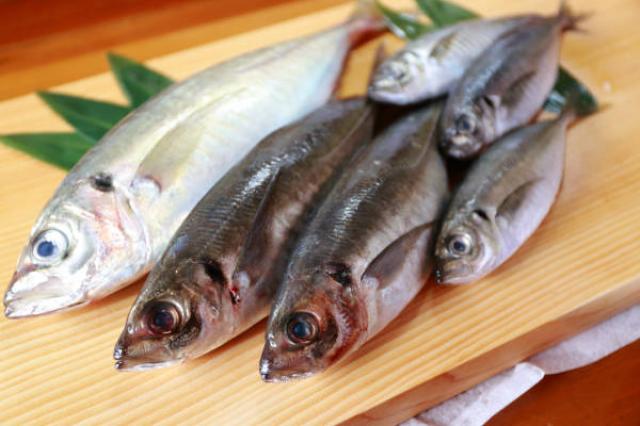
“Aji migrates along the coast of Japan, riding on warm ocean currents, so it is caught all over Japan at any time of year. The spawning season also has a wide window according to the sea region and conditions, so it is difficult to pinpoint its ‘season,’” says Negishi.
For this day, Negishi prepared aji from four different regions, with varied sizes and colors. The family of aji is said to have more than a hundred different types of fish, but the general term of aji usually is maaji (horse mackerel). These four different types are all maaji.
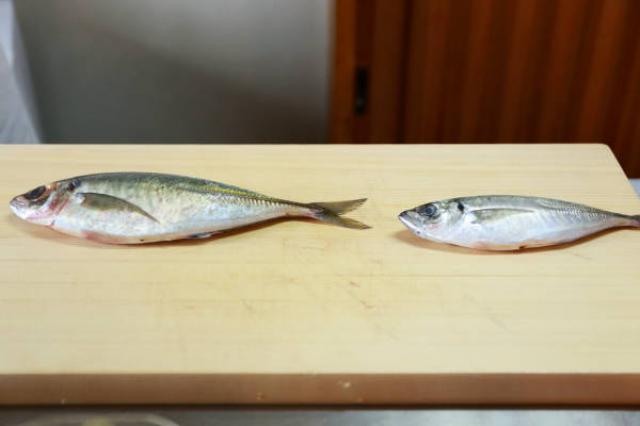
“Aji can be divided into two major categories. There are in-shore aji which stay within the inner bays, and the pelagic aji which swim in the open ocean. Aji with slightly yellowish body colors are in-shore aji. These types are thick and fatty fish. Meanwhile, the darker-colored aji are those which have been swimming at the outer oceans. These aji are muscular and less fatty. Around spawning time, the reproductive organs of both male and female aji receive more nutrients from the body, meaning that aji during this period is not as tasty. For this reason, for most aji living in the shoals, the summer period when they are not spawning could be said to be their ‘in-season’ time.”
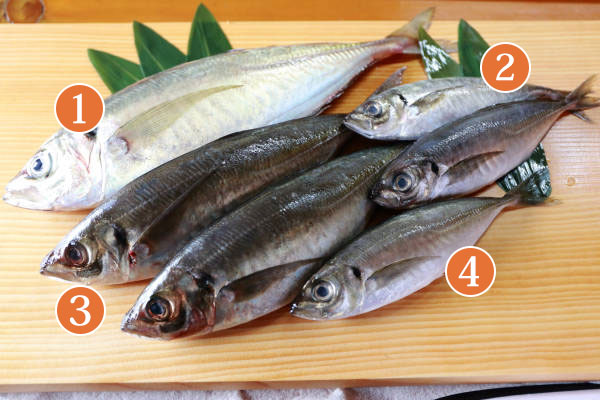
For today, our connoisseur selected…
(1) A large aji from Uwajima, Ehime Prefecture
(2) Donchicchi Aji, a brand aji type from Shimane Prefecture
(3) Aji from the Saiki region, Oita Prefecture. This aji is thehighest aji of today’s specimens
(4) Aji from Awaji Island, Hyogo Prefecture
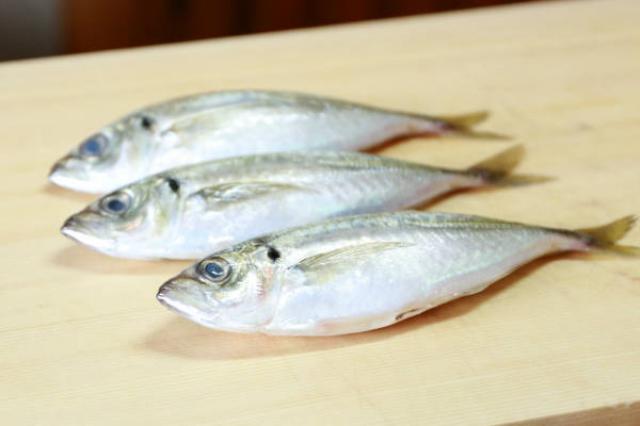
“Among today’s aji, the (2) Donchicchi Aji is quite unique—it has a white-colored body but is an inshore fish with fatty meat. Aji that are 50 grams or larger and contain 10% or more fat are designated as Donchicchi Aji brand of Shimane Prefecture,” Negishi explains.
The average amount of fat in aji is approximately 3.5%, so it is easy to see how fatty the Donchicchi Aji is. In Shimane Prefecture, only aji caught during the “in-season” time of April to September is designated as Donchicchi Aji and this aji is sold as a strictly limited product during these months.
By the way, Seki Aji of the Saganoseki region, Oita Prefecture, is also known as a premium fish. Although this type is also an inshore aji, it has been tossed within the rough waves of the Bungo Channel, creating meat with a firm and springy texture. What is more, only fish handled with the utmost care, caught by pole-and-line fishing, can call itself Seki Aji. The “season” for Seki Aji is said to be winter, when the fish is at its fattiest. In this way, aji can be said to be a fish with varying characteristics according to the region and season.
Selecting good aji
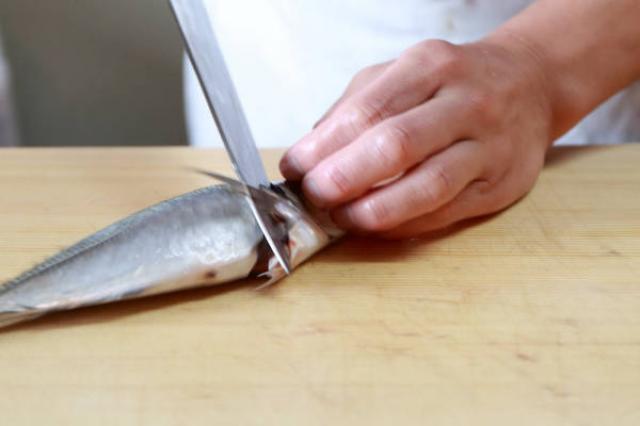
Yellow-colored, fatty, in-shore aji, or firm and fragrant outer-ocean aji—which ever type you choose, it is better to select meatier fish. According to Negishi, the size of the fish has nothing to do with its meatiness and fattiness.
“Aji that has an overall round shape, with meat rising up to its tail, is a meatier fish. I recommend selecting aji with a ‘small face’—aji with a face smaller in proportion to its body. How much scales the fish has is also a good way to examine how carefully the fish has been handled when caught,” says Negishi. As for freshness, it is better to select fish with firm and not flabby bellies, and check for freshness within the fishes’ gills.
Another bit of information is that it is taken as a general fact that fish with clear eyes are fresher. However, be aware that because ice and water are used in modern days to transport fish, sometimes fish on the market may have clouded eyes despite being very fresh.
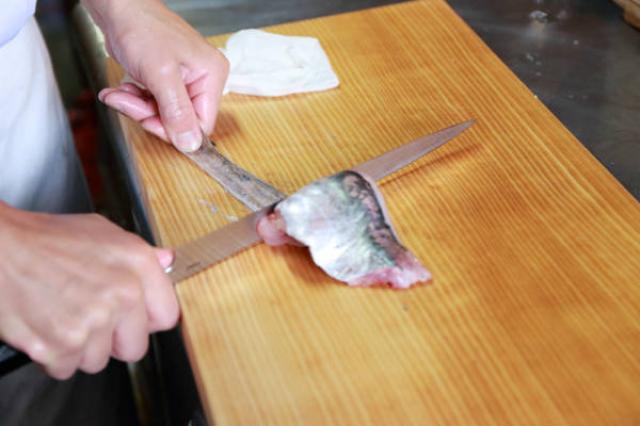
Aji is a type of fish that depends on freshness for its taste, so quickly preparing it after purchase is the most important step.
“Silver-skinned fish like aji are said to be quick to spoil. This is because the digestive enzymes of the fish itself are so powerful that it tends to dissolve the meat. It is important to remove the innards, scales and gills as soon as possible.”
Silver-skinned fish are also susceptible to changes in temperature and oxidation, so it is better to swiftly remove (peel off) the skin of the fish right before eating. After filleting aji, press on the body of the fish with the back of the knife and pull from the head to peel off the skin. It is surprisingly easy to do, and highly recommended.
How to enjoy aji
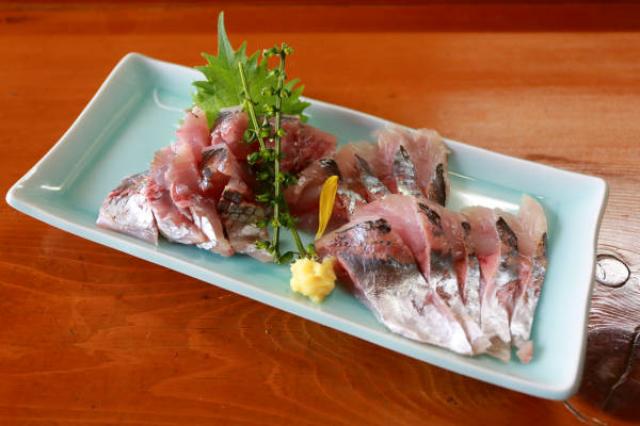
Aji features a rich taste derived from protein, and can be prepared in many ways—simply broiling with salt, dried, as sushi or deep fried. Sashimi is recommended for especially fresh aji, in order to enjoy the fragrance within its fatty meat. Accentuating its complex fatty taste with garnish such as wasabi, green shiso leaves and ginger are also recommended.
Furthermore, the soft roe is a privilege reserved for people who clean fish themselves. It is not commonly on menus at restaurants, but you may have more chances of enjoying this delicacy by purchasing a whole fish and cleaning it at home. We also were taught recipes that can be recreated at home, in order to enjoy all parts of the wonderful aji.
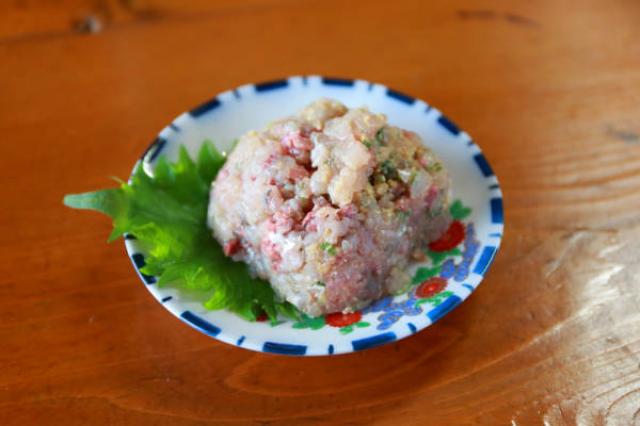
RECOMMENDATION RECIPES
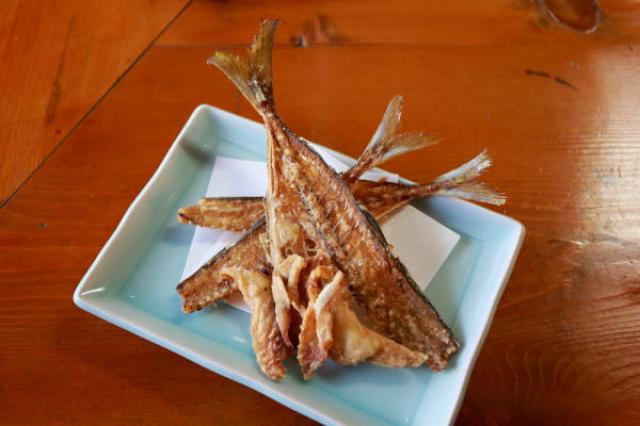
RECOMMENDATION RECIPES
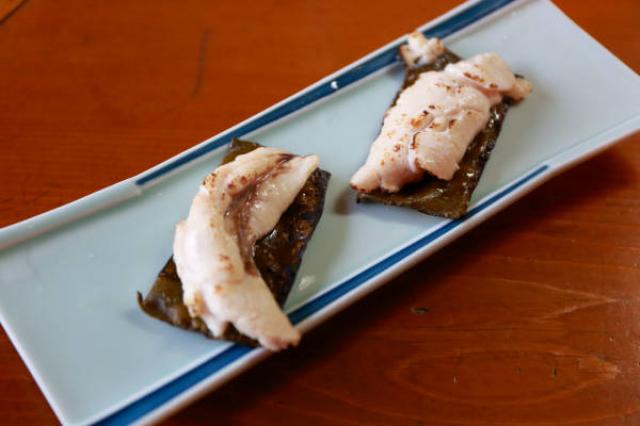
RECOMMENDATION RECIPES
How about enjoying aji that is in-season and its colorful varieties and characteristics based on the information by the connoisseur Negishi.
Aji
Source:Negio-zushi Kazuya Negishi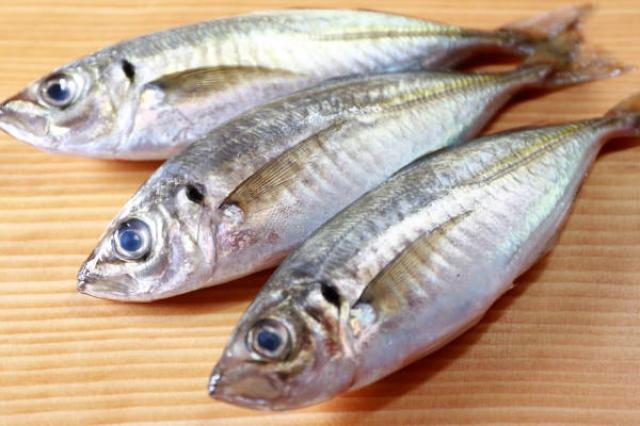
Peak Season
The season is generally from April to September, not right before and after spawning season.
*Differs between aji types and regions.
Tips
・Fish that have an overall round shape, with meat rising up to its tail
・Fish with a smaller face in proportion to its body
・Fish with more scales left on
・Fish with bright red gills
・Fish with firm bellies when touched

